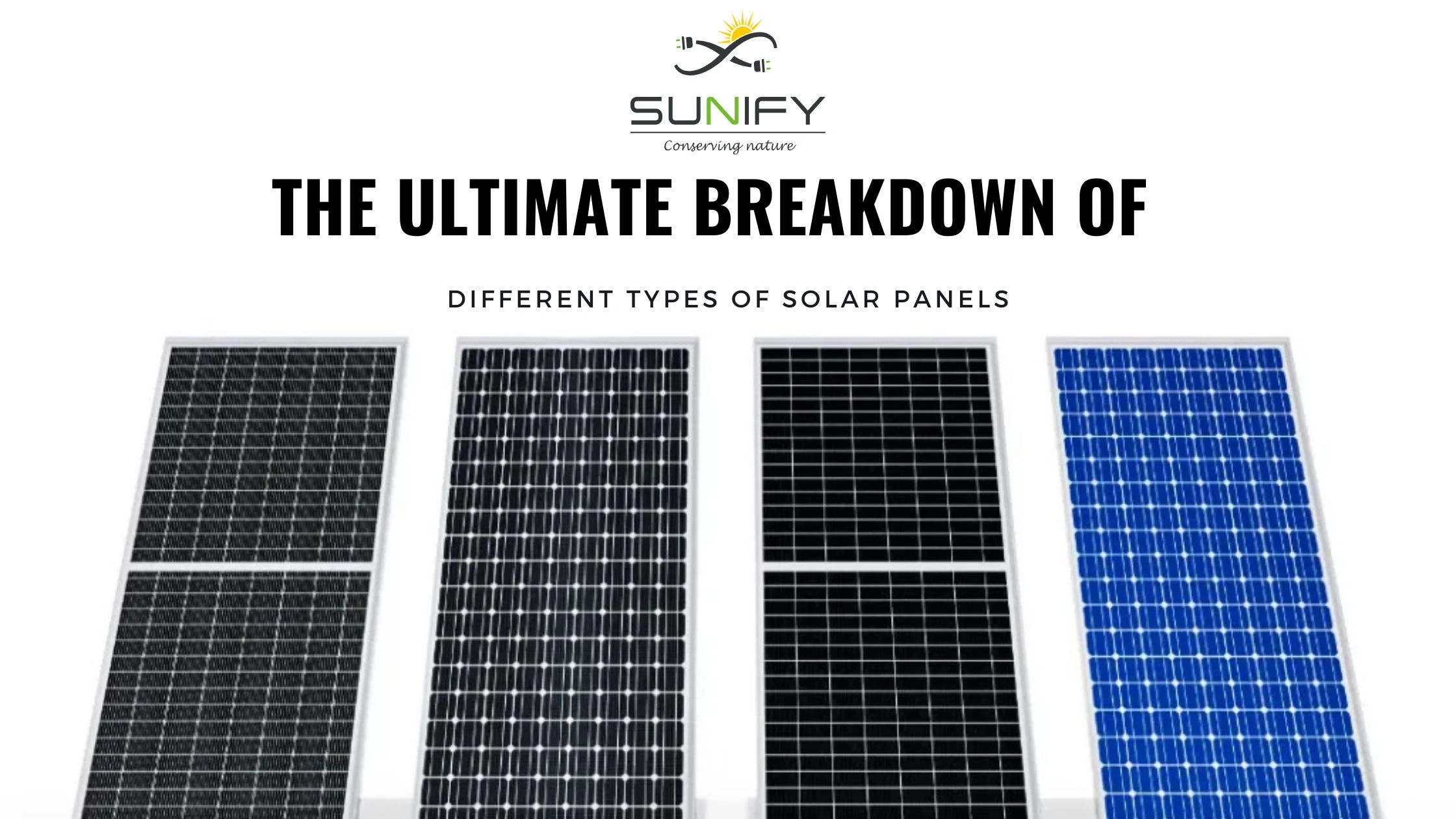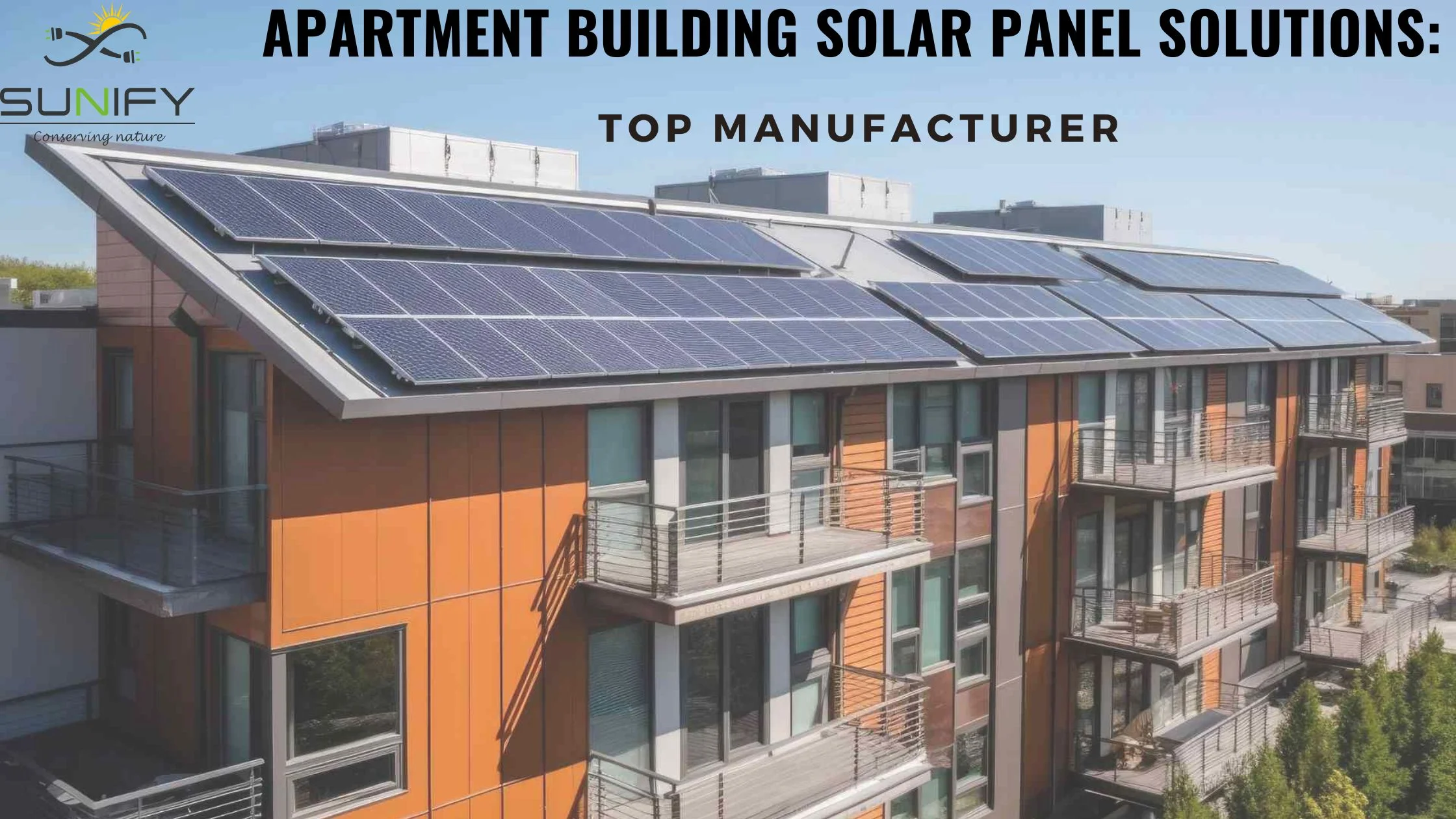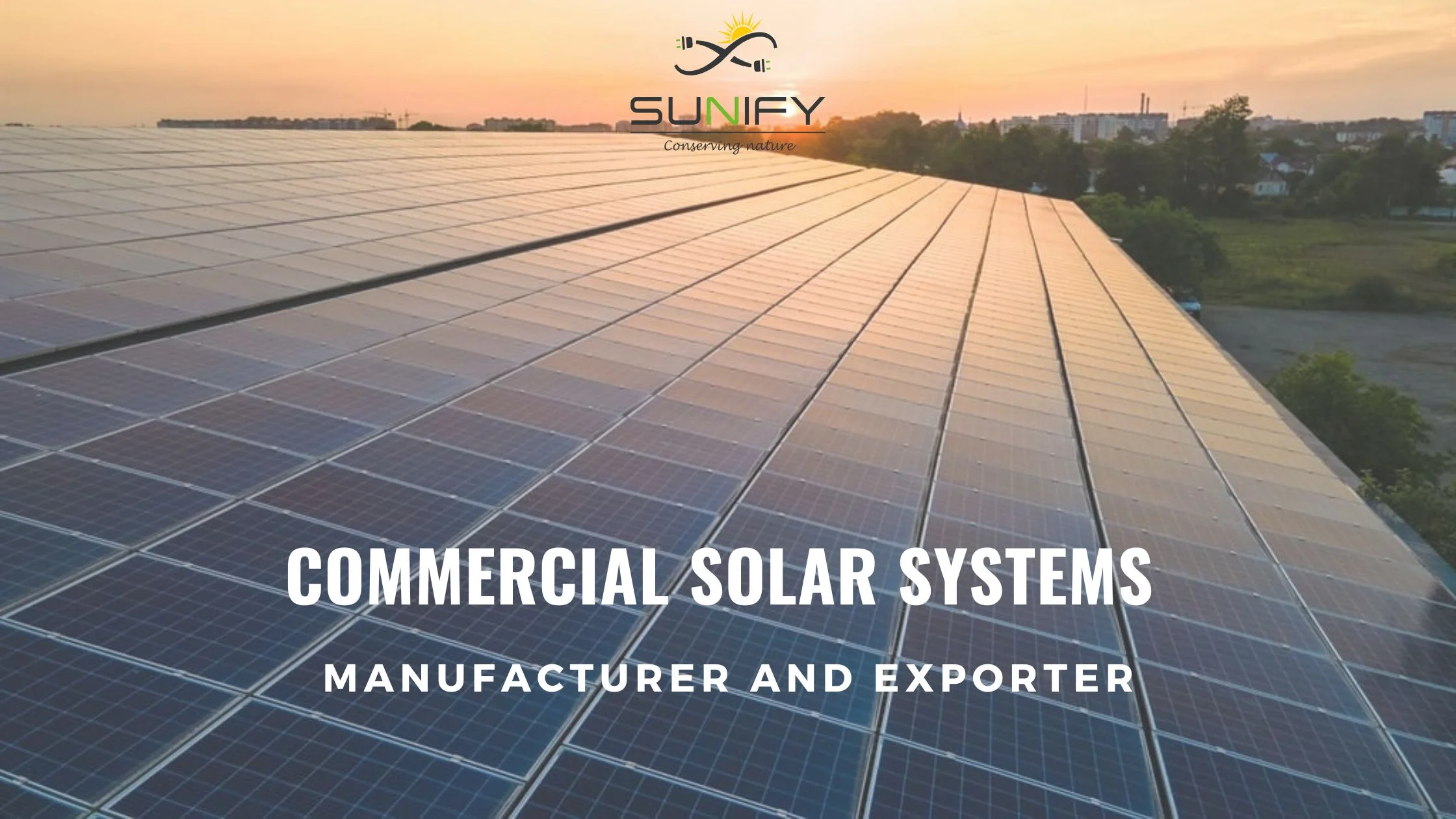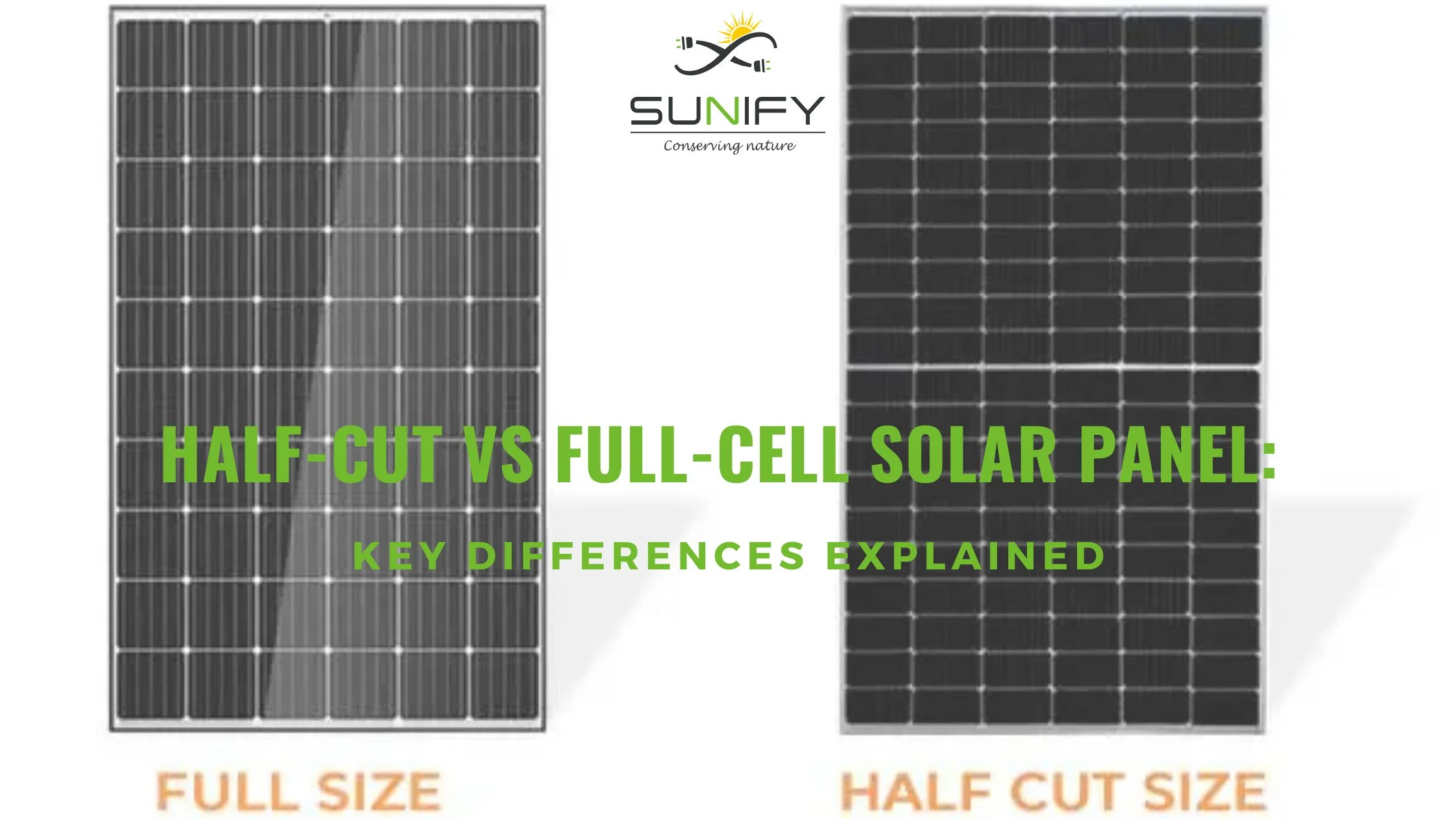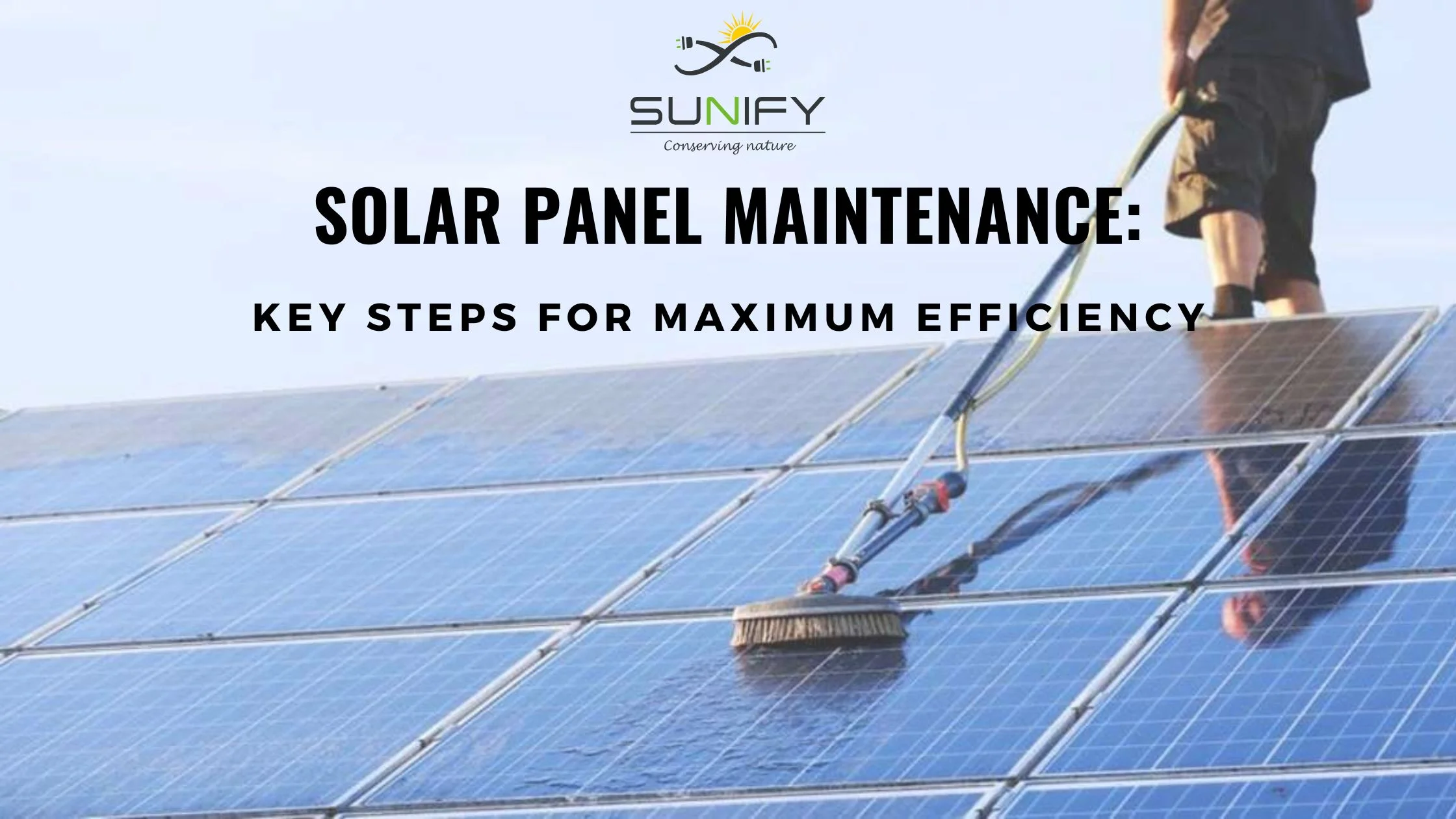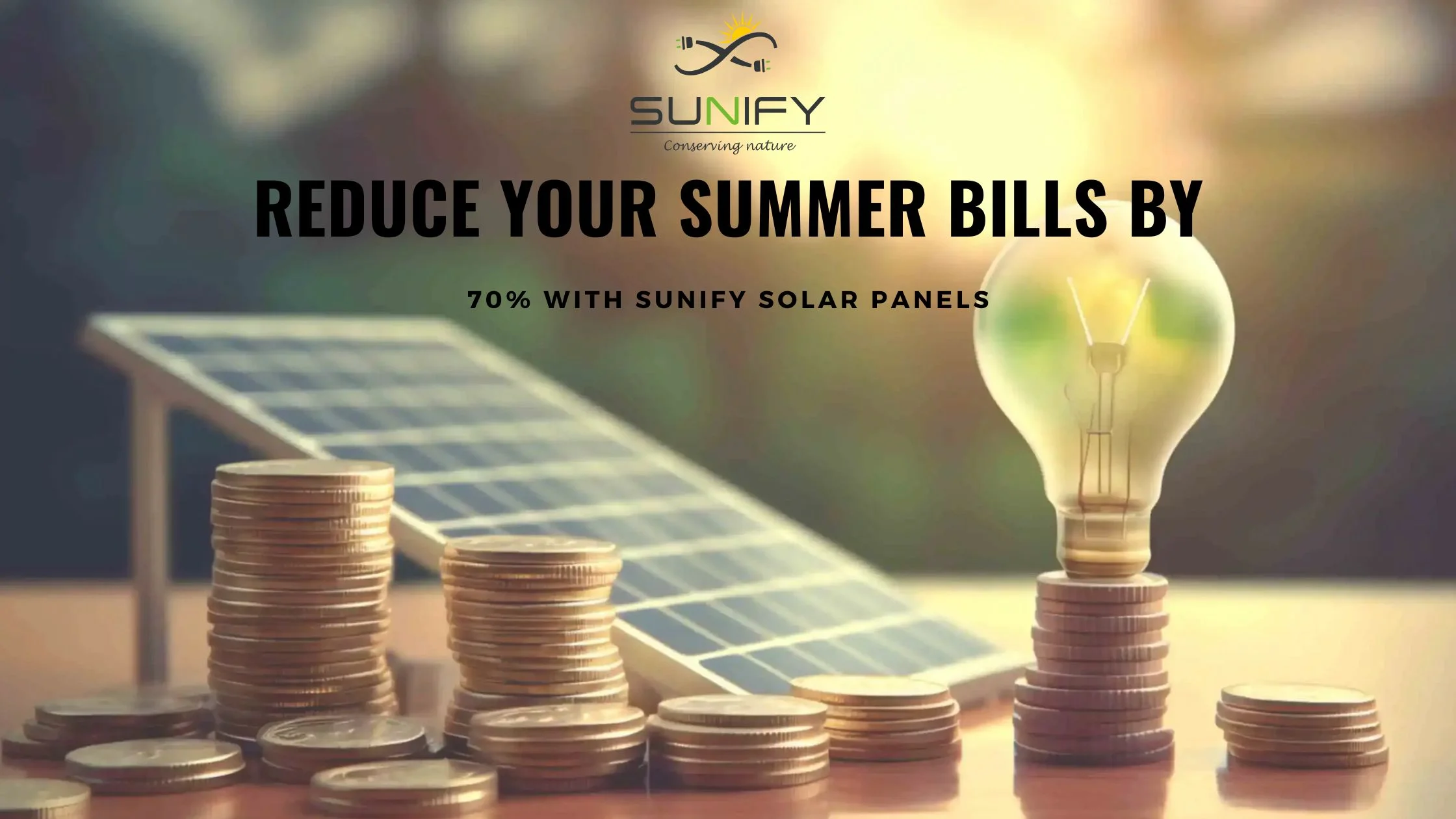
Connect With Our Team
Solar energy is changing the way we generate power for our homes, our businesses and our industries fast. There are so many solar panel technologies to choose from it seems overwhelming. We have broken down in this comprehensive guide, the most popular types of solar panels available in India with their respective technology, features, pros and cons and the best use cases so that you can make well informed decisions for your solar journey.
1. Polycrystalline Solar Panels
Instead, polycrystalline solar panels are made up of several silicon crystals fused together while molten, poured into square molds, cut into wafers, then solar cells formed of multiple crystals rather than one, thanks to their blue, speckled appearance.
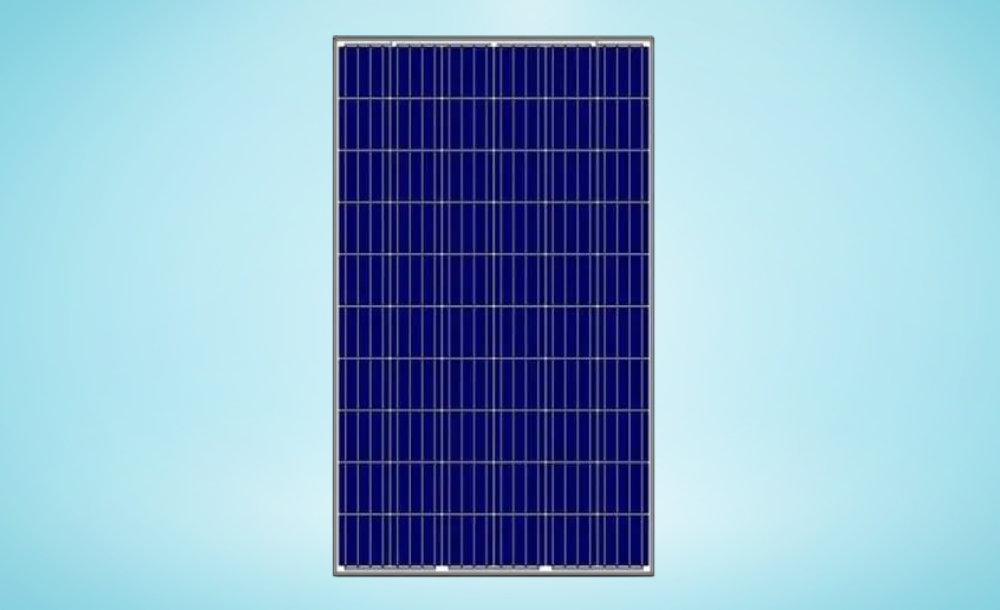
Features:
Appearance: coloured blue with speckled or crystalline texture.
Efficiency: In general 15% to 17%.
Budget friendly: One of the most affordable types of solar panel, making it quite affordable.
High Temperature Sensitivity: Less sensitive to high temperatures than other types of panels therefore ideal for warmer climates.
Different Panel Sizes: Common Panel Size is available in standard configurations, like 60-cell or 72-cell modules, adaptable to any building, residential areas or commercial.
Advantages:
Cost-Effective: Affordable and widely available, ideal for budget-conscious buyers.
Reliability: Typically lasts 25+ years, with performance over long time spans.
Disadvantages:
Less Efficient: Polycrystalline panels are less efficient than newer technologies.
Low Light Conditions: They are less effective at working in low light or cloudy conditions as some other panel types.
Application & Best For:
Ideal for residential rooftops, small commercial buildings, and agricultural applications due to their cost-effectiveness and good performance.
Budget-conscious buyers with ample space, especially in rural or remote areas.
2. Mono PERC Solar Panels
Mono PERC panels have high quality single crystal silicon cells with passivation on the back side. It is this layer of the panel that reflects the light that the front of the cell can’t absorb to make this panel more efficient. They are more advanced counterparts of monocrystalline panels, made from the only silicon crystal.
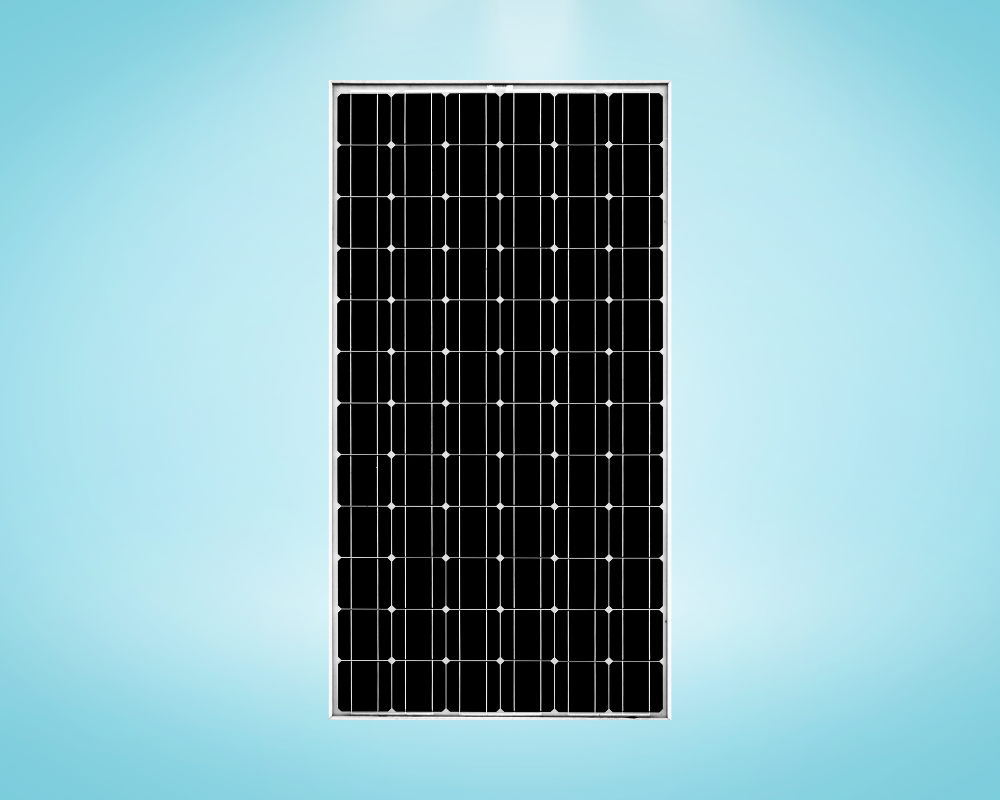
Features:
Good appearance: These panels can have a sleek black finish, giving them a great look.
Quality: Usually between 17% and 21%, improving energy output in smaller areas.
Low-Light Performance: Perform better under low-light or cloudy conditions than polycrystalline panels.
Temperature Coefficient: The lower temperature coefficient means they lose less power in hot environments and are a good choice for warm locations.
Advantages:
Less Space: They need less area for the same output of electricity than polycrystalline panels.
Better Low-Light Performance: More efficient on cloudy days or in low-light conditions.
Less Temperature Loss: Able to handle hot conditions better due to less power loss.
Durable and Reliable: Known for long-lasting performance with a strong reputation for reliability.
Disadvantages:
Reduced Efficiency in Extreme Heat: Although they perform well in moderate heat, they may not be as efficient in extreme temperatures as some other panel types.
More Expense: Mono PERC panels are more costly than polycrystalline panels, but at the same time they possess advanced technology.
Application & Best For:
Ideal for residential and commercial rooftops in cities, small scale solar farms which require high efficiency in small space.
Customers who are looking for better performance with higher efficiency in small and such space very limited areas.
3. Half-Cut Solar Panels
Half-cut solar panels use half-size solar cells and are combined with MBB technology. Panel is by splitting each cell into two smaller parts, the separately Cells would experience less resistance and this improve overall performance. Additionally, this technology improves how shade tolerant the panel is as partial shading of the panel does not have as large of an effect on total output.
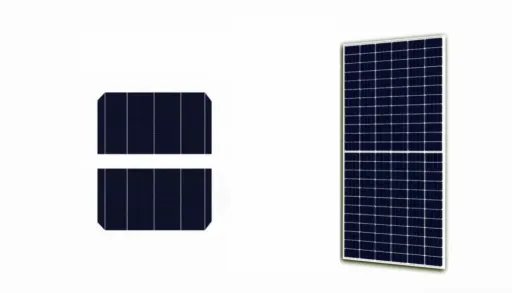
Features:
Enhanced Efficiency: Because of the half-cut design, these panels offer better overall efficiency than standard panels.
Better Durability: The use of half-sized cells and multi-busbar technology increases the panel's resilience to microcracks and hotspots, improving longevity.
Shade Tolerance: The performance of these panels remains strong even when part of the panel is shaded.
Advantages:
Better overall efficiency: Due to the half-cut design, these panels have better overall efficiency than standard panels.
Longer Life span: With half cell and multi busbar technology utilized, half sized cells make the panel more resistant to micro cracks and hot spots.
Performance under Shade: There is acceptable performance even when part of the panel is shaded.
Disadvantages:
Advanced Technology: This advanced technology used to manufacture these panels results in a higher upfront cost compared to standard panels.
Installation Safety: Given the higher voltage involved, the installation may require special safety considerations.
Application & Best For:
Suitable for homes, commercial roof tops, solar farms (and other photovoltaic installations) in partially shaded areas or locations with high temperatures.
Areas which are prone to shading, areas which require the best heat management, areas maximum energy output.
4. Bifacial Solar Panels
Bifacial solar panels are meant to generate power on both the front and the back of the panel. These panels capture the reflected sunlight from surfaces such as snow, water or light colored ground to generate more electricity than they would be able to by reflecting only their own sunlight. According to the panel type, this is made of panels created from mono or polycrystalline silicon.
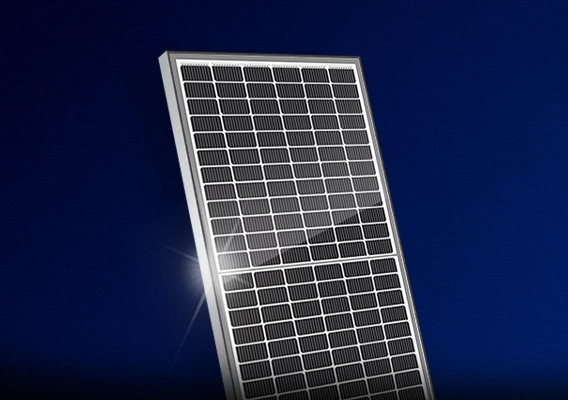
Features:
Dual-Sided Design: Transparent backsheet or glass allows sunlight to be absorbed from both sides of the panel.
Energy Yield: Significantly higher energy yield in reflective environments due to the dual-sided capture.
Advantages:
Total Energy Generation: Ability to capture sunlight from both sides of the leaf helps increase total energy generation.
Ideal for Reflective Areas: Perfect for areas with high reflectivity (e.g., snowy regions or bright surfaces).
Disadvantages:
More Expensive: Bifaces are more expensive because they are more complex technology and can harvest energy on both sides.
Not as Effective on Non Reflective Roofs: Not as much power will be produced when placed on non reflective surfaces such as standard rooftops.
Application & Best For:
Excellent for solar farms, large commercial roofs, and ground-mounted systems with reflective surfaces for increased energy generation.
Large-scale projects and areas with reflective surfaces, such as snow-covered fields or light-colored soil.
How to Choose the Right Solar Panel for Your Home or Business
There are several factors that will affect which type of solar panel is best for your home: your energy needs, your budget, where you live and the climate where you will live. To help you make an informed decision here are some
tips:
Think about Your Space: If you’re limited in roof space, you might want to choose monocrystalline, or PERC, as they have the highest efficiency.
Performance: If you care more about performance than trends or technology, polycrystalline or thin-film panels will not disappoint. PERC and monocrystalline panels are good performers under high temperatures with low light conditions, which makes them fit to most parts of India.
The Best Value: Bifacial or monocrystalline panels are worth the slight investment in long-term value.
Appearance: If you care about how things look, monocrystalline panels are sleek and modern, thin film panels are more or less a uniform sleek style.
Conclusion
Both polycrystalline and monocrystalline solar panels come with their own special benefits—polycrystalline is budget-friendly and guaranteed for big rooms and spaces, while monocrystalline is more efficient and aesthetically pleasing for areas where performance plays the vital role.
At Sunify Solar, we believe in simplifying solar energy for everyone—be it homeowners, businesses, or large-scale developers. Our group of solar specialists is below to help you review your area, budget as well as power demands and suggest the very best solar remedy. No matter whether you’re energizing a dwelling, enterprise or massive facility, we ensure your transformation to solar occurs intuitively, in a timely manner and future proof.
Recently Posted
Whatsapp Chatx
Hi! Click one of our representatives below to chat on WhatsApp or send us email to solar@sunifysolar.in

|
************** +91 81414 55503 |

We will love to hear from you!


